Have you ever caught your cat gazing at you with those mysterious eyes and wondered, “Do you love me, or just my daily schedule?” This is the riddle every cat lover faces. Unlike dogs, whose loyalty is obvious, cats are subtle, secretive, and sometimes shockingly independent. Yet, beneath that cool exterior, your feline companion may be far more attached than you think—either to you as their human, or to the rhythm of their everyday life. Deciphering a cat’s heart can feel like solving a puzzle, but the clues are there for those who know where to look. Let’s pull back the curtain on feline affection and finally answer the age-old question: is it you, or just your routine?
Your Cat’s Greeting Rituals
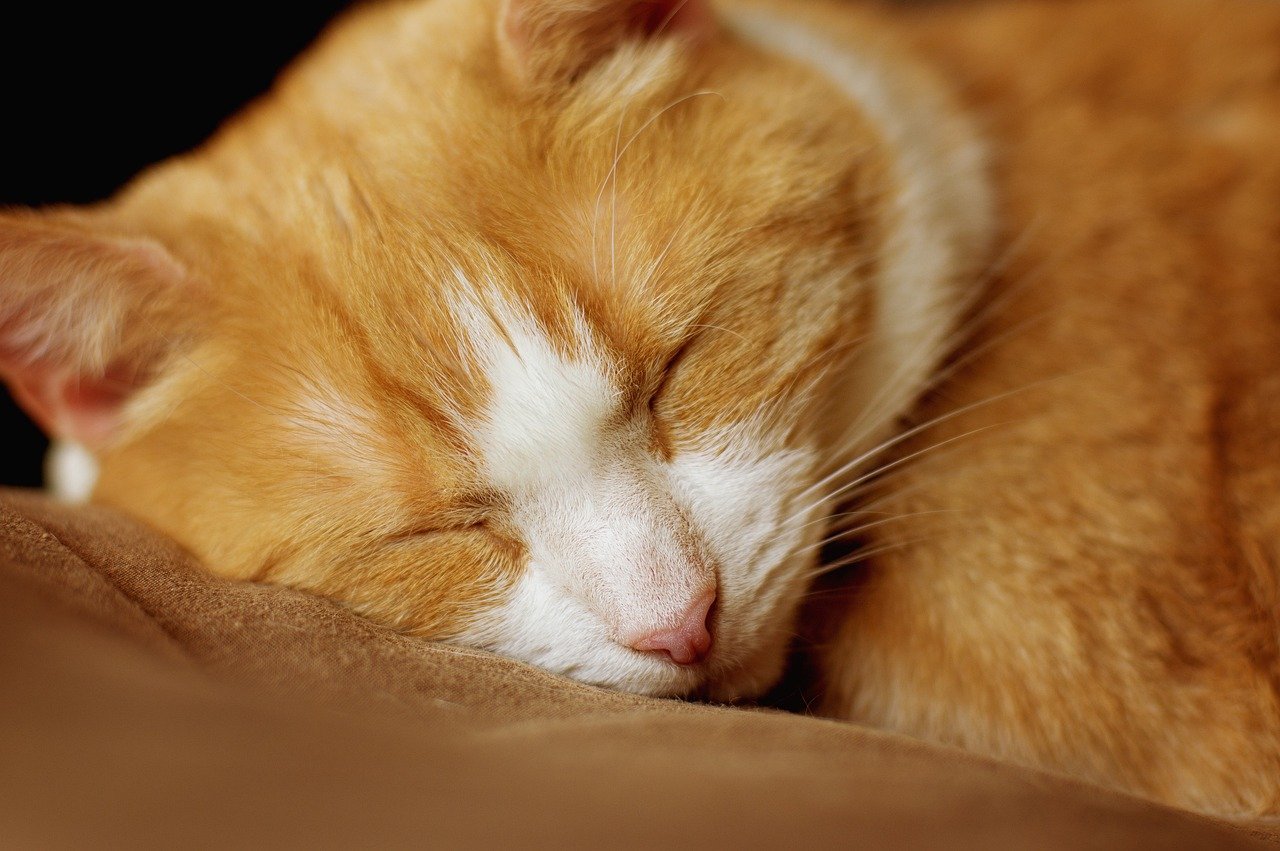
When you walk through the door, does your cat rush to greet you, or do they barely lift an eyelid? Cats who are genuinely attached to their humans tend to display excited or affectionate greetings, often weaving through your legs, chirping, or meowing softly. These greeting rituals are more than just routine—they’re a heartfelt acknowledgment of your return. If your cat consistently comes to the door regardless of the time you arrive, it’s likely they’re attached to you, not just the moment when dinner is served. Consider how your cat reacts on weekends or when you’re late; a persistent greeter is often a sign of genuine attachment. On the other hand, if greetings only occur at mealtime, your routine might be the real attraction. Pay close attention to the enthusiasm and timing of these welcomes to decode where your cat’s true loyalty lies.
Following You Around the Home

Some cats become little shadows, following their humans from room to room. This behavior is a classic sign of attachment to you rather than your routine. A cat that trails behind while you do laundry, cook, or even use the bathroom isn’t simply seeking food or treats—they crave your company. These little “bodyguards” often settle nearby, just close enough to keep you in sight. If your cat follows you even when there’s no obvious reward, it’s a strong sign of emotional attachment. Contrast this with a cat who only appears when it’s time for a snack; in that case, routine may be driving their actions. The difference is subtle but telling: a companion cat is there for you, not just the daily events.
Vocalizations and Communication

Cats communicate with their humans in a variety of vocal ways—meows, chirps, trills, and purrs. A cat that seeks out conversation with you throughout the day, even outside of routine moments, is likely attached to you personally. These vocalizations can be invitations to play, requests for attention, or just a way of “talking” to their favorite person. Notice if your cat meows only around feeding times or if they reach out with their voice at unexpected times, like when you’re working or relaxing. Cats who are bonded to their humans will often vocalize more frequently and in a different tone than when they’re simply demanding dinner. Listen closely; your cat might be saying “I love you” in their own unique way.
Preference for Your Presence

One of the clearest signs of attachment is a cat’s preference for being near you over others. If your cat chooses your lap, curls up beside you on the couch, or sleeps on your bed, they’re demonstrating a deep connection. Even in a household with multiple people, a cat who consistently seeks out your company is showing a true bond. This behavior goes beyond routine comfort; it’s about the safety and warmth your presence provides. If your cat seems happiest when you’re around, and restless when you’re gone, you can be sure their attachment is more to you than to your daily schedule. Your cat’s favorite place is wherever you are—a touching testament to their affection.
Reaction to Changes in Routine

Cats are creatures of habit, but an attached cat will often adjust to changes in routine if it means being with you. If your work hours shift or your daily schedule is disrupted, does your cat stay close or become anxious? A cat who adapts and remains affectionate is likely attached to you, while one who becomes distant or stressed may be more dependent on routine itself. Observe how your cat behaves during vacations, holidays, or unexpected events; their reaction can reveal where their true feelings lie. Cats that stick by your side through thick and thin are showing loyalty that goes beyond habit.
Kneading and Head Butts
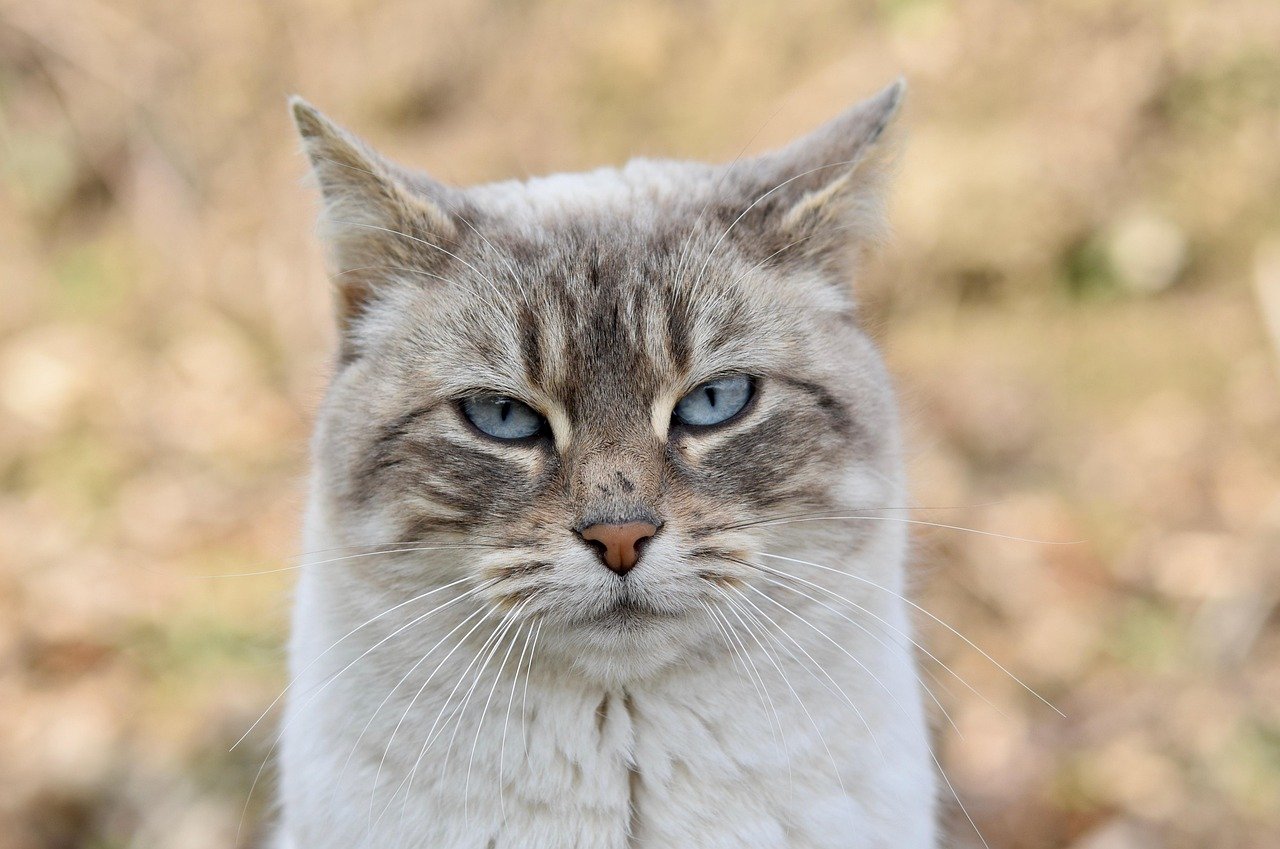
Kneading—those rhythmic “making biscuits” motions—and gentle head butts are classic signs of feline affection. Cats knead as a comforting, kitten-like behavior, often reserved for those they trust and love. Head butts, or “bunting,” mark you with their scent and are a clear sign of attachment. If your cat performs these behaviors with you, especially during non-routine moments, it means they’re expressing genuine fondness for you, not just associating you with food or playtime. Watch for these tender gestures; they’re like little love notes from your feline friend.
Bringing You Gifts

Some cats bring “gifts” to their humans—everything from toys to the dreaded mouse or bug. This behavior stems from feline instinct but is often directed toward those they are attached to. If your cat deposits their treasures at your feet or on your bed, take it as a compliment. They are sharing their “catch” with someone they consider family. Routine-driven cats might not bother, but a cat attached to you wants to involve you in their world. Even if the gift is a bit shocking, it’s a sign of love.
Physical Affection and Cuddling

Cuddling, snuggling, and sleeping next to you are not just about warmth—they’re powerful signs of a cat’s attachment. While some cats are naturally more independent, those who seek physical closeness with you do so out of trust and affection. If your cat chooses to curl up in your lap or nuzzle against you, especially outside of routine times, it’s a sure sign they love you for you. Notice when these cuddles happen; if they occur at random times, you can be confident your bond is strong.
Playtime Preferences

Does your cat seek to play with you specifically, or is any human with a toy good enough? Cats attached to their owners will often initiate play, bringing you toys or engaging you in games. They may ignore others in favor of your participation. If your cat waits for you to toss the ball or dangle the string, it’s a sign they appreciate your unique bond. Routine cats, meanwhile, may play with whoever is available or whenever the clock says it’s time. Your cat’s playtime choices can reveal a lot about their attachment.
Grooming and Licking
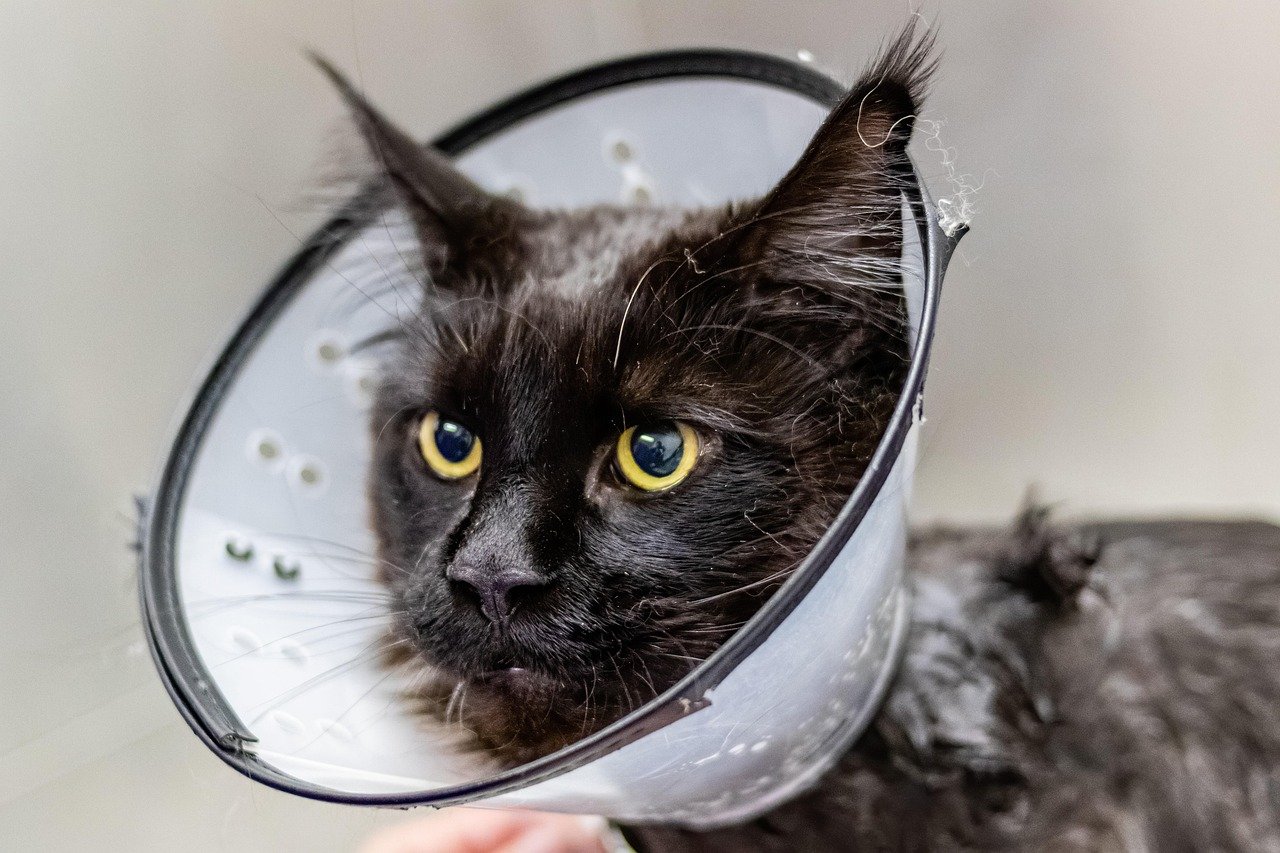
Cats groom themselves to stay clean, but when they start grooming you—licking your hand, arm, or even your hair—they’re displaying strong affection. Grooming is a social behavior among cats, reserved for those in their trusted inner circle. If your cat licks you, it’s a sign they see you as part of their family. This behavior typically happens outside of routine events, further indicating true attachment. Take it as a compliment: your cat trusts and loves you deeply.
Sleeping Habits and Locations
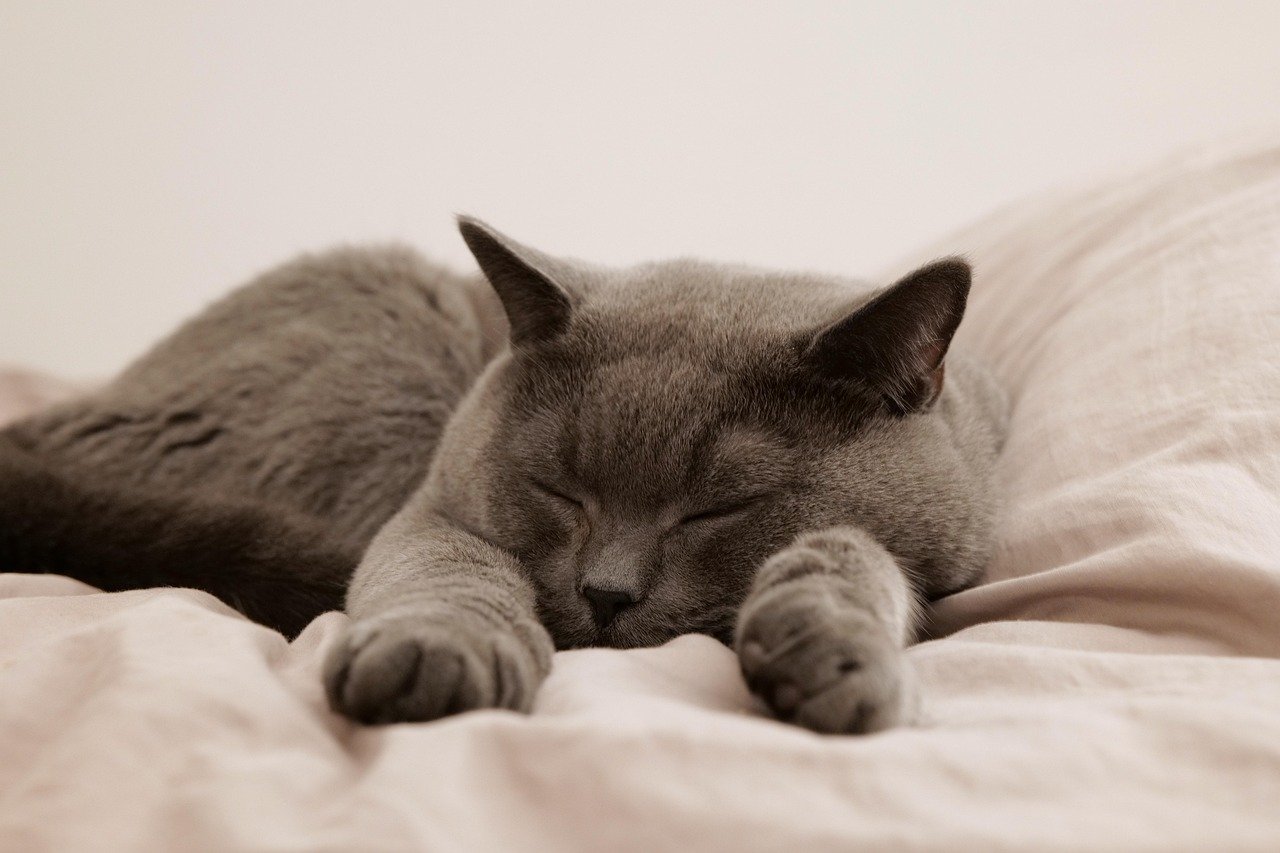
Where your cat chooses to sleep says a lot about their feelings. Cats that snuggle on your bed, on your pillow, or even on your chest during the night are deeply attached to you. Sleeping is when cats are most vulnerable, so they only do so near someone they truly trust. If your cat sleeps in your room—even when you’re not there—they may be attached to your scent and presence, not just the comfort of the routine. Look for patterns; a cat that sleeps wherever you are is probably bonded to you.
Eye Contact and Slow Blinking
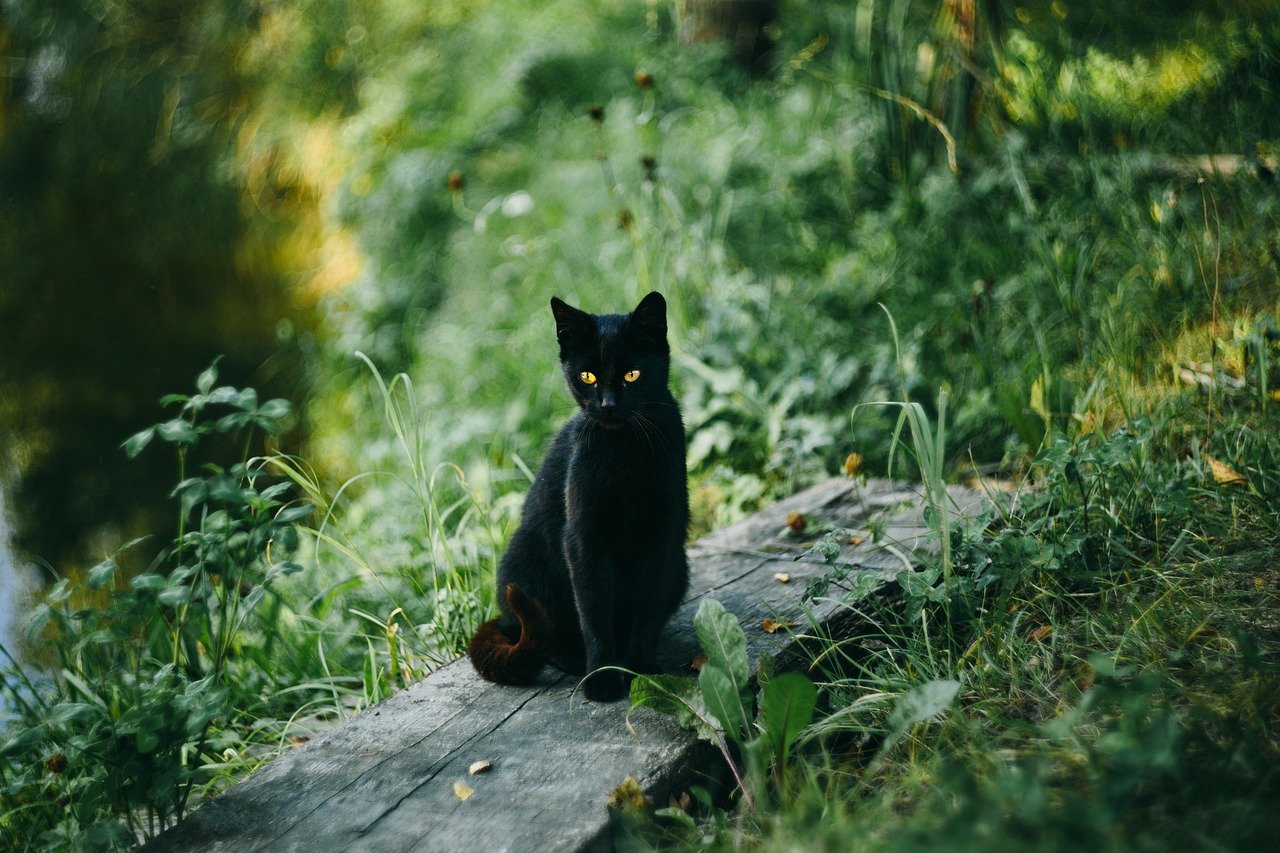
Direct eye contact is rare in the animal world, but cats communicate trust and affection through slow blinking. If your cat looks at you with relaxed eyes and gives a slow blink, it’s like a feline kiss. Try blinking back slowly; you might be surprised to see your cat respond in kind. This tender exchange is a sign of attachment to you as an individual. Cats who repeat this gesture outside of routine moments are saying, in their own language, “I trust you.”
Separation Anxiety Signs

An attached cat may show signs of anxiety or distress when you’re away. This can include vocalizing, pacing, or even refusing to eat. If your cat becomes noticeably upset during your absence, it’s a clear sign they are attached to you, not just the daily routine. Routine-driven cats may be more bothered by missed meals than missed humans. Pay attention to how your cat acts when you leave and return; strong emotional reactions often indicate a deeper bond.
Unique Behaviors Reserved for You

Every cat has little quirks, but some behaviors are reserved just for their favorite person. Maybe it’s a special meow, a unique nuzzle, or a playful tap on your hand. These exclusive interactions are strong evidence of attachment. If your cat behaves differently with you than with others, it’s a sign they recognize and cherish your unique relationship. These moments are precious and often unexpected, revealing the unique ways your cat expresses love.
Eating Patterns in Your Presence

Cats that are attached to their humans may eat more enthusiastically or more often when you’re nearby. Some even wait for you to be present before they start their meal. This behavior is rooted in trust; eating is a vulnerable activity, and your presence provides comfort. If your cat seems to prefer eating with you in the room, it’s a subtle but powerful sign of attachment. Routine-driven cats, meanwhile, focus on the clock rather than your company.
Response to Your Emotions

Cats are surprisingly sensitive to their humans’ moods. An attached cat may comfort you when you’re sad, purr when you’re happy, or act more affectionate when you’re stressed. They seem to pick up on your emotional state and respond accordingly. If your cat comes to sit with you during tough times or seems to mirror your feelings, it’s a strong indicator they’re bonded to you, not just your schedule. This emotional responsiveness is a beautiful part of the human-cat connection.
Curiosity About Your Activities

Does your cat watch your every move, from cooking to working on the computer? Cats that are attached to their humans are often deeply curious about what you’re doing, even if it doesn’t involve food or play. They may jump onto your desk, explore your shopping bags, or simply observe you intently. This curiosity is about being involved in your life, not just following a routine. It’s their way of saying, “I want to be part of your world.”
Reaction to Strangers and Visitors
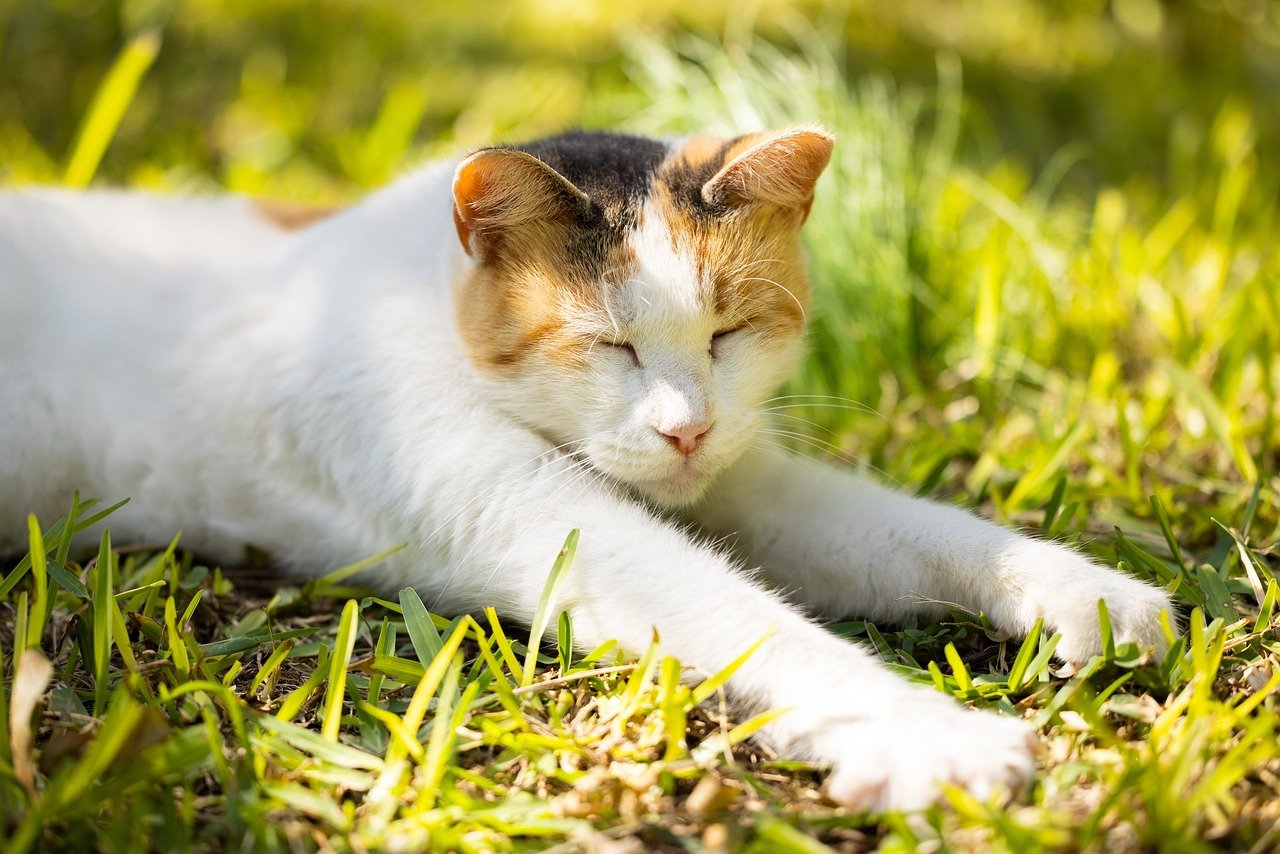
When new people come to your home, an attached cat may stick close to you or even act protective. They might hide at first, but often emerge to check on you or sit nearby. Cats who are more attached to routine may simply avoid the commotion and wait for things to return to normal. Notice if your cat seeks reassurance from you or displays possessive behaviors when guests are present. This is a sign they value you over the familiarity of their environment.
Change in Behavior When You’re Sick or Upset

Cats can sense when something is off with you. If you’re unwell or feeling down, an attached cat may become extra cuddly, attentive, or even “guard” you. They may refuse to leave your side, acting as a furry nurse until you’re back to normal. Routine-oriented cats, on the other hand, might behave as usual, unaffected by your mood or condition. If your cat seems to alter their behavior to comfort you, it’s a touching sign of genuine attachment.
Memory of You After Absence

After a trip or extended absence, does your cat greet you with extra enthusiasm, or do they seem indifferent? Cats attached to their humans will often display excited or affectionate behavior upon your return, sometimes even vocalizing or showing signs of relief. They may stick closer to you for a while, seeking reassurance. Routine-based cats might simply resume their typical behaviors, more interested in the return of normalcy than your presence. Your cat’s memory and reaction after time apart can reveal the depth of your bond.
Seeking Reassurance and Comfort
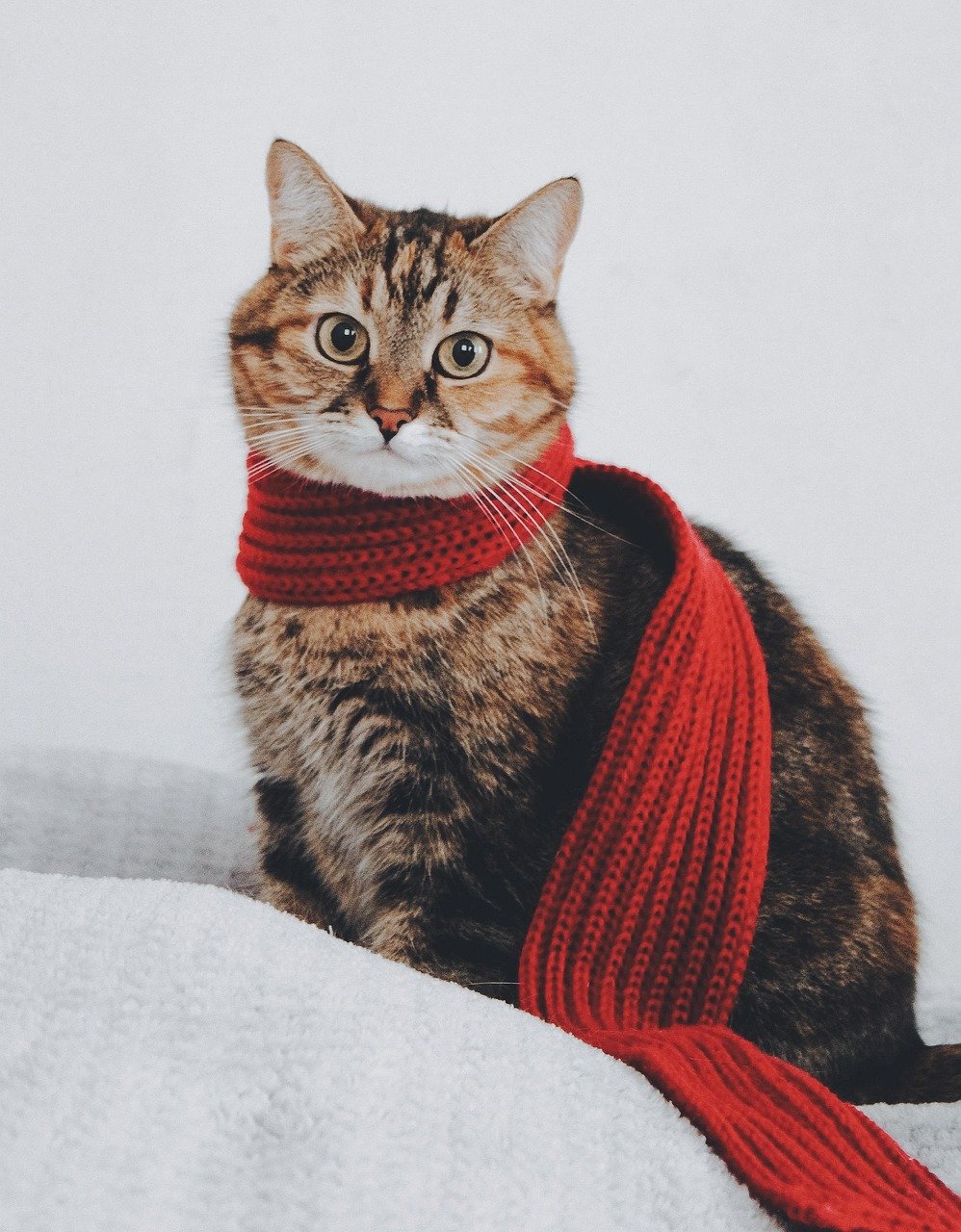
When startled or frightened, an attached cat will often run to you for safety, seeking comfort in your presence. They may hide behind you, jump into your lap, or simply stay close until the threat passes. This behavior is a clear indication that they see you as a source of security, not just the person who feeds them. Routine-driven cats may retreat to a favorite hiding spot instead. Your cat’s need for reassurance in stressful moments is a powerful testament to their attachment.
Hi, I’m Bola, a passionate writer and creative strategist with a knack for crafting compelling content that educates, inspires, and connects. Over the years, I’ve honed my skills across various writing fields, including content creation, copywriting, online course development, and video scriptwriting.
When I’m not at my desk, you’ll find me exploring new ideas, reading books, or brainstorming creative ways to solve challenges. I believe that words have the power to transform, and I’m here to help you leverage that power for success.
Thanks for stopping by, Keep coming to this website to checkout new articles form me. You’d always love it!






